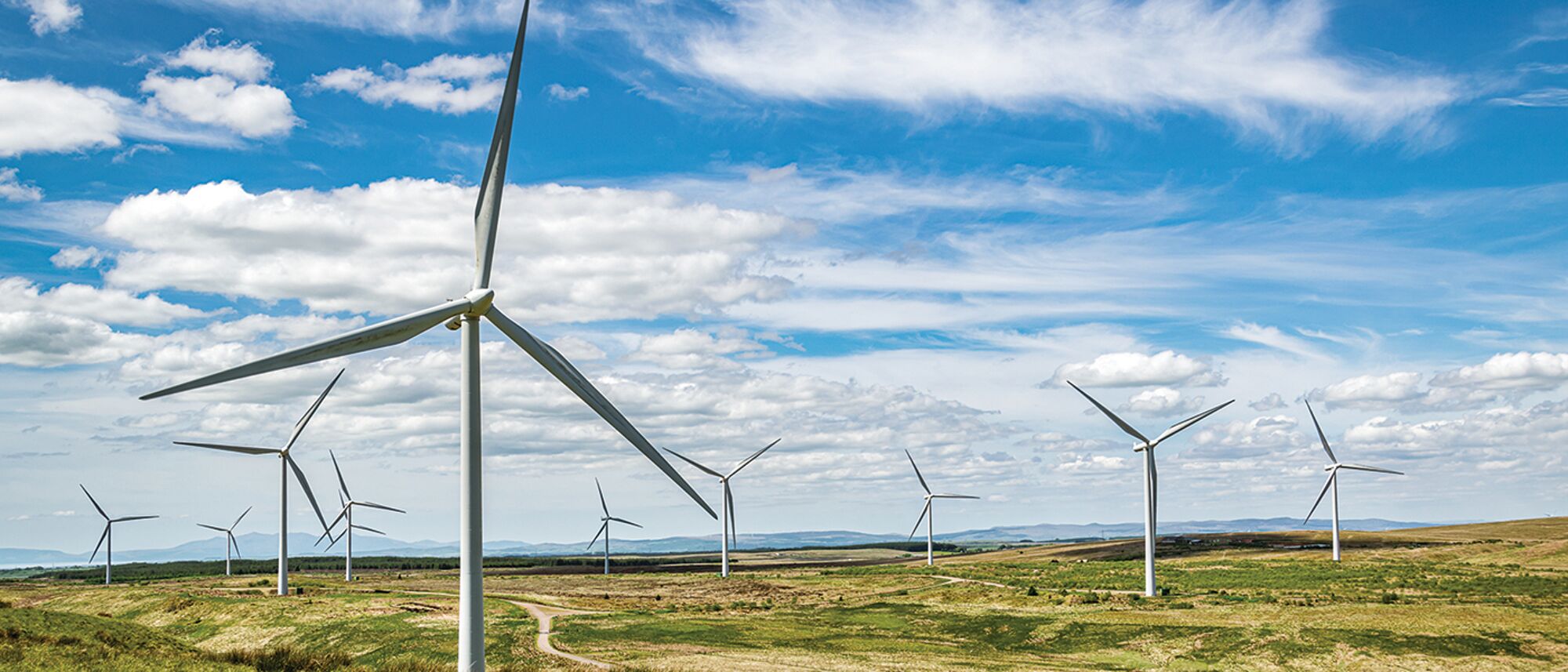
New centre aims to be part of the solution to climate crisis
Earlier this year UofG established the Centre for Sustainable Solutions to respond to the climate emergency and enhance the growing ambition for the University and its community to be part of the solution.
Professor Jaime Toney is the director of the new centre. She is an expert in the science behind climate change, specifically in understanding how recent climate, environmental and ecosystem changes differ to those that the Earth has experienced in the past. “The centre demonstrates our commitment to playing an active role in preventing the Earth’s temperature rising above the 1.5˚C threshold defined by the Intergovernmental Panel on Climate Change,” she says.
"The climate emergency is the most urgent, complex and life-threatening issue of our time.
Jaime recognises that collaboration and interdisciplinary approaches are needed at all levels to make a transition to a sustainable future. “There are social, cultural and geopolitical complexities related to the climate emergency. The only way to manage these challenges is for multiple sectors and disciplines to come together to reduce our reliance on carbon and to support the social implications of that.
“Behaviour, choices and systems must be addressed to enable change, innovation and sustainability. The centre is dedicated to undertaking activities that will enable individuals, communities and organisations to act towards a sustainable future through education, research and partnership.”
In education, the centre is using UofG’s academic expertise to educate the next generation of climate- and carbon-literate students who are capable of critically engaging with climate and carbon challenges. We are creating bespoke courses that are accessible to all staff and students. We are aligning our work with wider partner initiatives, such as those of the Royal Scottish Geographical Society who have created climate solutions modules for business management, and Education Scotland who are developing primary and secondary education policy in this area. We aim to ensure a common message, language and understanding of the challenges we face and choices that will lead to solutions.
This article was first published September 2020.

Our students are partners and essential drivers of change for a sustainable future for our planet. Amy McKenzie Smith is Vice-President of Student Activities at Glasgow.
“For students, there’s a real sense that universities have a duty to be leaders and drivers of change in society. Caring about the environment and sustainability is something many students want universities to take a lead in addressing.
“There are not many instances, if any, in modern history where the planet has paused because of a pandemic. We have a golden opportunity to reposition and restart the ‘green revolution’. The way we recover from COVID-19 is incredibly important. COP26 in November 2021 could be a pivotal moment for the planet, and for universities it will be a fantastic opportunity to influence public thinking, harnessing the enthusiasm of our students and staff alike.
“Students expect UofG to take a leading role in COP26 and show it can live up to its reputation as a world-leading world-changing University.
“With the world’s eyes on Glasgow, students want their alma mater to put climate change at the heart of the agenda.”
A fight for survival in a warming world
We're exploring solutions to the devastating bleaching of the world's coral reefs.
Climate change: leading from the front
Principal Professor Sir Anton Muscatelli says that UofG must take the lead on this crucial issue.
UofG and the United Nation’s SDGs
How we are aligning our research with the United Nations' 17 Sustainable Development Goals.

